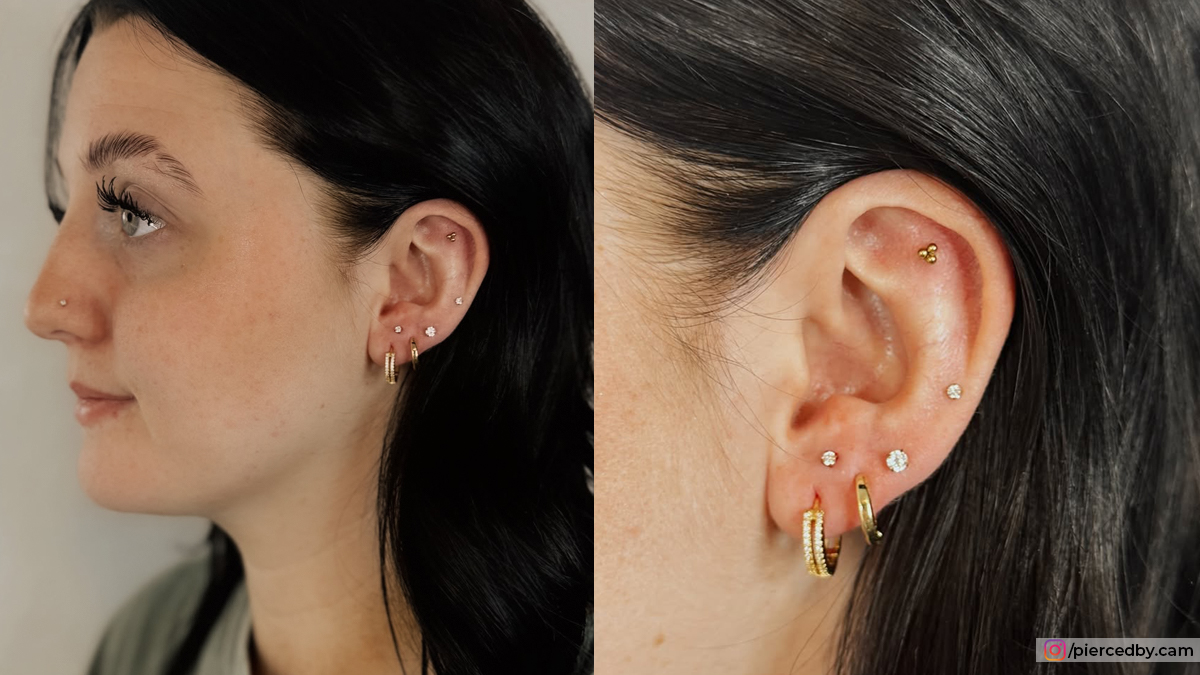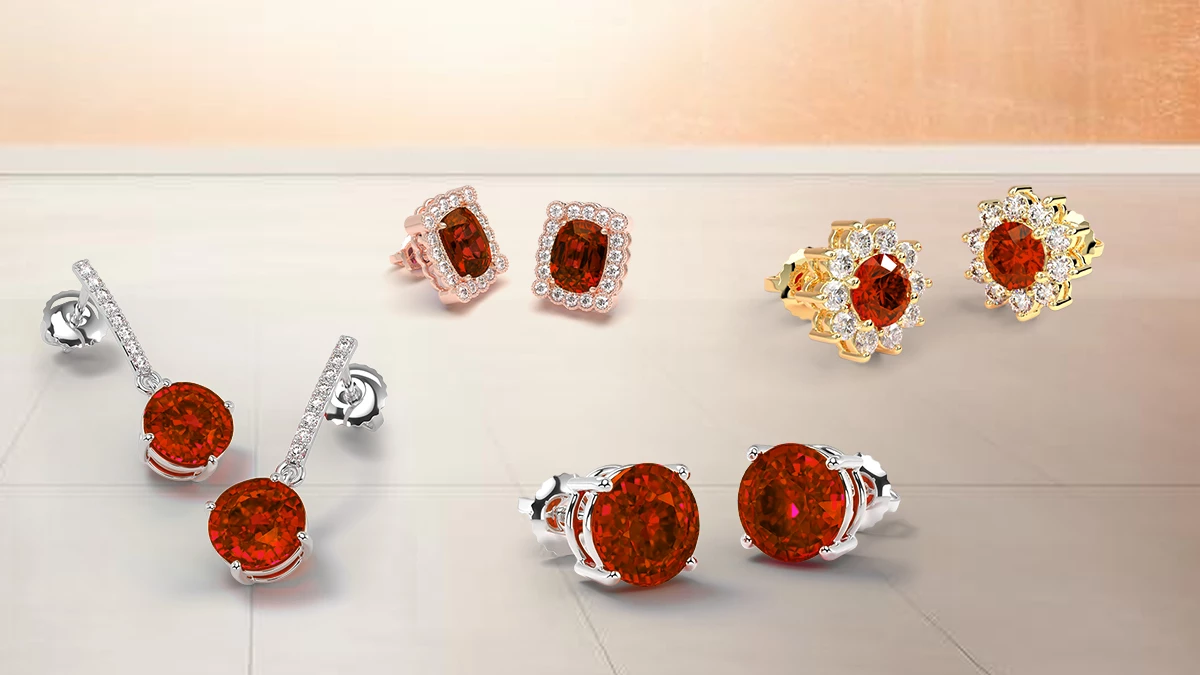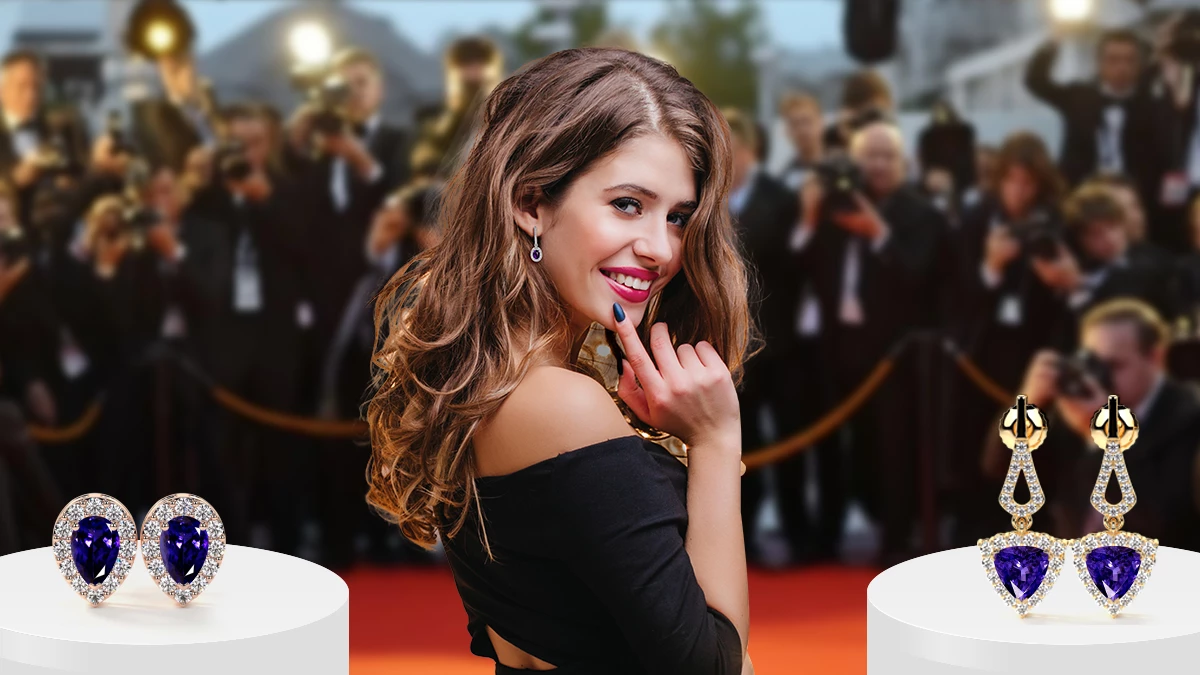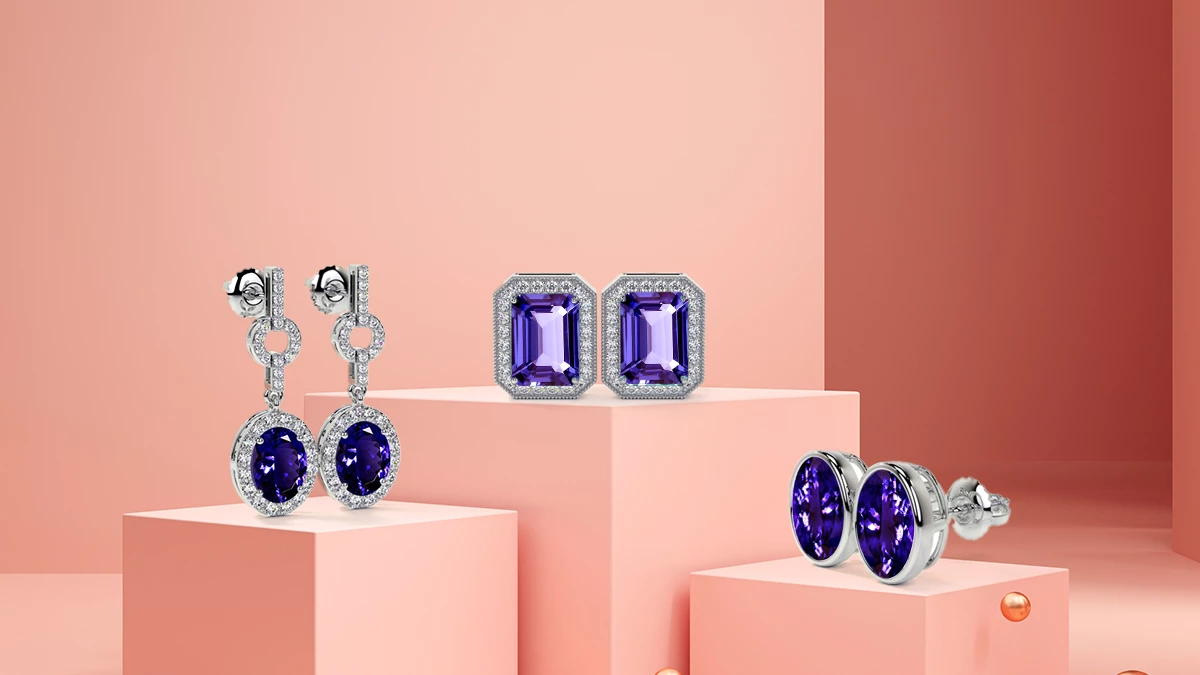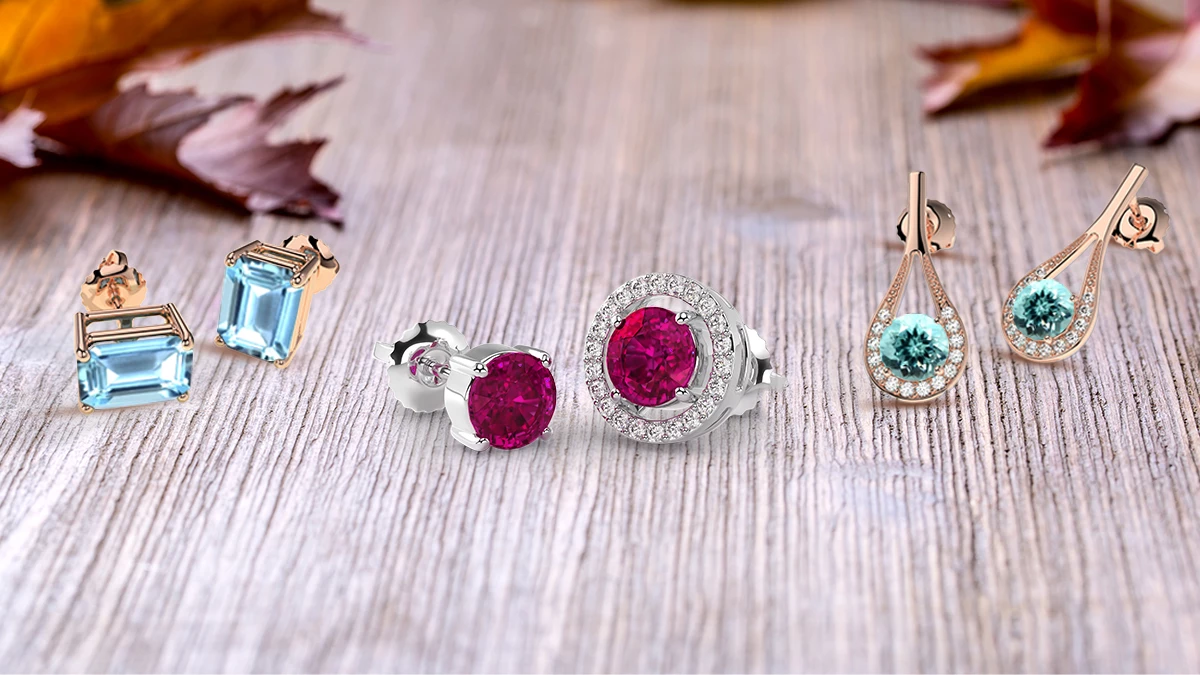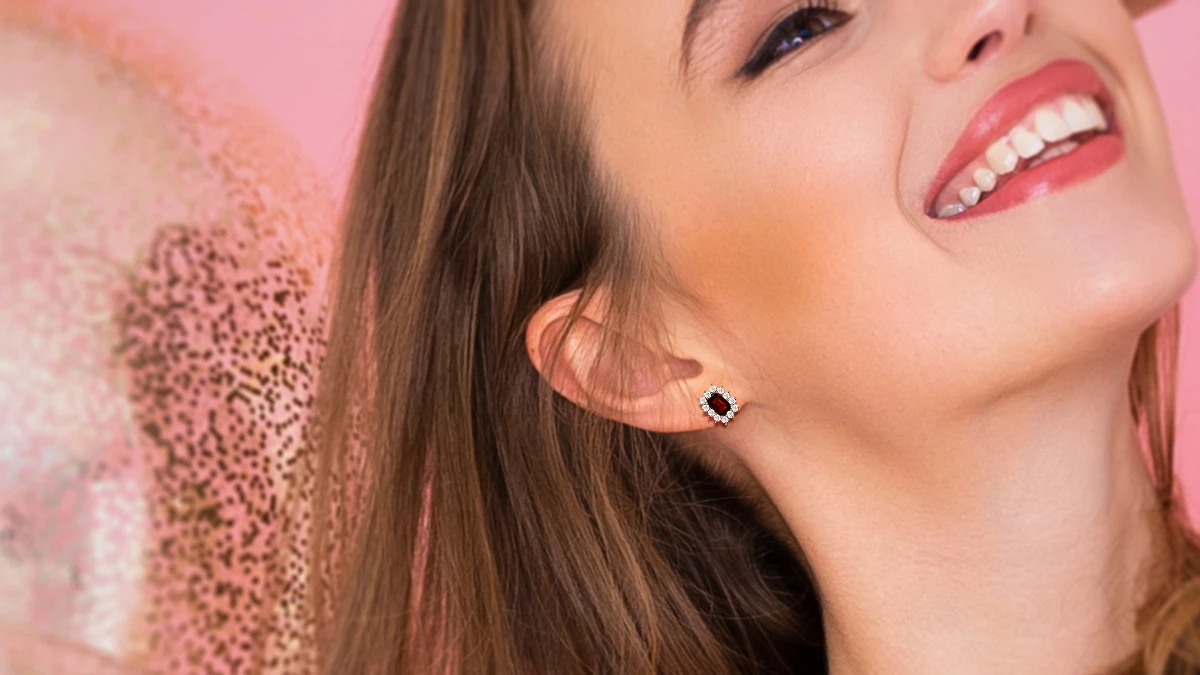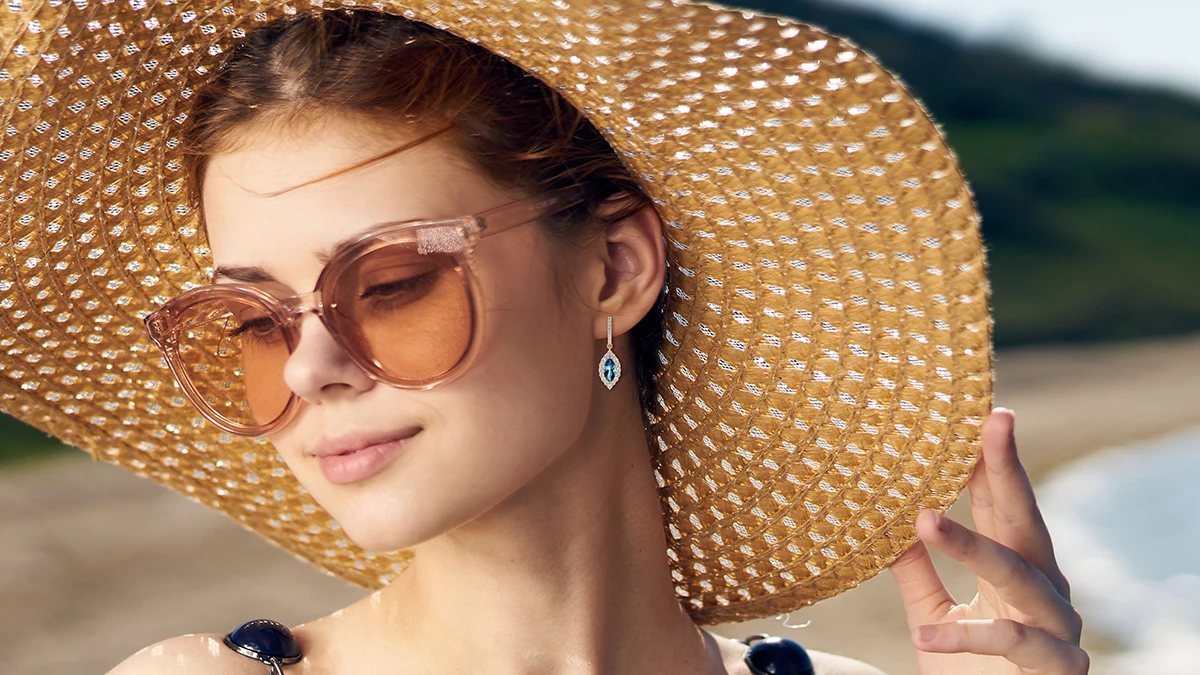Do you think earrings should be bright and bold? I do, because that’s one jewel which keeps you in focus. If you’re wondering who’s the right candidate for the job, then its a pair of peridot earrings.
Now if you don’t know what sort of a gemstone peridot is, then imagine the freshly sprouted leaves of a plant. That’s the color, of course. Mix it with the shine of a diamond and your have a peridot at your hand. Add some yellow here & there and you have a variety of shades.
Peridot is a natural gemstone (there is no man-made alternative) and peridot earrings are simply superb. So let’s figure out some mixing-and-matching tricks for twinning peridots with other gemstones and jewelry. But before that let’s learn a tiny bit about this green gemstone.
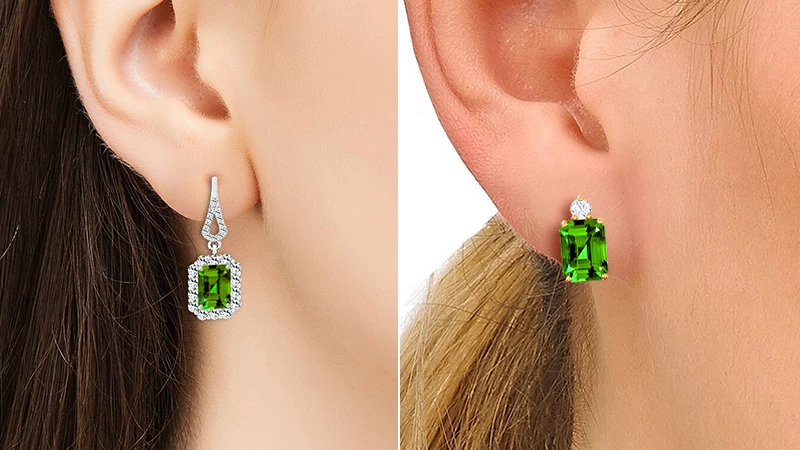
Physical and Chemical Properties of Peridot
Peridots are a form of the mineral olivine which is primarily found in yellowish-green or olive-green shades. The primary color is green and the secondary color is yellow and brown. However, the color intensity may slightly vary due to the percentage of iron in the base mineral. The more the iron, the darker the color. BTW which shade you prefer for your peridot earrings?
Fascinating Facts About Peridots
Peridot is special in many ways. First, it is formed in the upper mantle of the Earth in the molten rocks rather than inside the Earth’s crust. Second, you can also extract Gem-quality peridots from pallasite meteorites. Peridot is also one of those gemstones that are available only in one shade.
Further, getting gem-quality peridots from inside the Earth is not easy since most of the stones erode during the process. Peridot is also an August birthstone which is indeed a blast of freshness and a sources of calmness to the eyes.
Mixing & Matching Peridots With Colorful Gemstones
The pastel hues of peridots go down well with light-shaded gemstones. The transparent light green color of peridot earrings create a wonderful contrast with pink-colored gemstones such as pink sapphire, pink diamond and morganite.
The different shades of blue, such as aqua blue, purple and violet of aquamarine, tanzanite and amethyst respectively also become more lively with peridots.
The yellow hues of citrine and yellow sapphire also make a good pair with peridots. It may sound off but darker tones of green color like the ones in emerald or green tourmaline can also be successfully twinned with yellowish-green peridots for an exotic combo.
Do Diamonds & Pearls Stand a Chance?
Colorless diamonds and white pearls can be paired in whatever way you want with any natural color gemstone of light and dark tones. The brilliance of peridot multiplies when surrounded by diamonds. So no matter the occasion, the duo in peridot earrings can steal hearts and spotlights with a wow expression.
Similarly, white pearls can add more elegance and charm to the soothing shades of peridots. This combination is undoubtedly stellar for flashing cameras on any occasion.
How to Become the Highlight of Every Event?
If you are rooting for stylish peridot earrings adorned with other gemstones but don’t know how to carry them, then here are the tips to break the ice. Match peridot and pearl danglers with an off-shoulder evening gown on a dinner date with your Valentine and wait for the magic to begin. Diamond and peridot eternity hoops can give you not more or less but the perfect glam for official meetings and events.
Nothing could outshine the versatility of peridot and amethyst stud earrings. From daily wear to occasional treats, peridot studs are the best deal. A cluster of pink sapphires and peridots set at accurate spots can bring laurels to your bridal shower look while a combination of citrine and peridots could be the best affair for attending a summer wedding. Play hide and seek with dark and light shades of emerald and peridot drops on your nature trip to eternal greens.
Metal Preferences for Styling Peridots
Peridots come mostly in light shades, so they look more appealing when embedded in white metals such as silver, white gold,and platinum. Likewise peridots earrings in yellow or rose gold give off a vintage look and feel which is quite attractive. But the metal preference is totally your call. Choose the one that suits your budget and is hypoallergenic.
Peridot Symbolism At a Glance
The natural green color of peridots symbolizes the renewal of life. Similarly peridot earrings depict the green shades of the spring in nature after the dry autumn bids farewell. The color also represents tranquility, peace, hope, and optimism which are also traits of mother nature. Since the peridots are also green in color, they attract peace and balance in life & relationships. For good health and restful sleep, people are advised to wear peridots.
As per ancient beliefs, peridots were thought to subdue fear and help with sound sleep without nightmares. People from ancient civilizations believed that keeping peridots close would cause spiritual growth and awakening, thus helping the wearer realize their dreams and destiny.
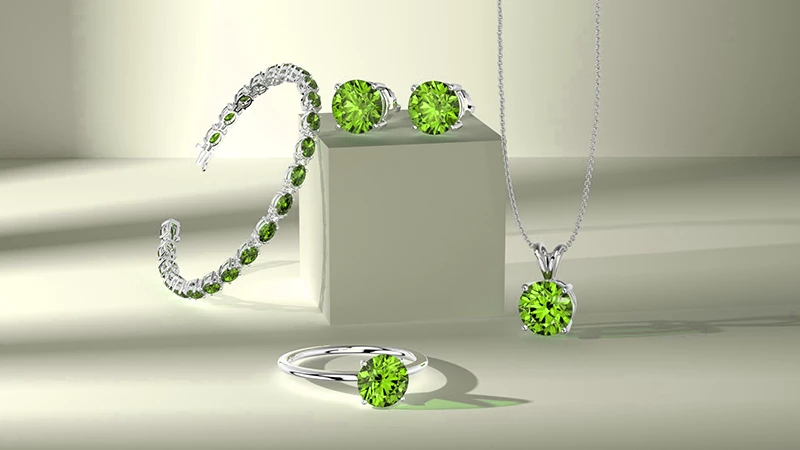
Parting Thoughts
Many people often confuse peridot with the green-hued emeralds due to minute differences in color tones and intensity. But for true admirers, the charm of natural peridots can’t be replaced with any other green-colored gemstone.
So, bring a dash of electric green in your style and browse our collection. Apart from peridot earrings & studs, you’ll find bracelets, pendants and rings in classic and designer settings. And if you like our bridal peridot earrings, then don’t forget to share your happiness with others on GemsNY Reviews. Happy shopping!

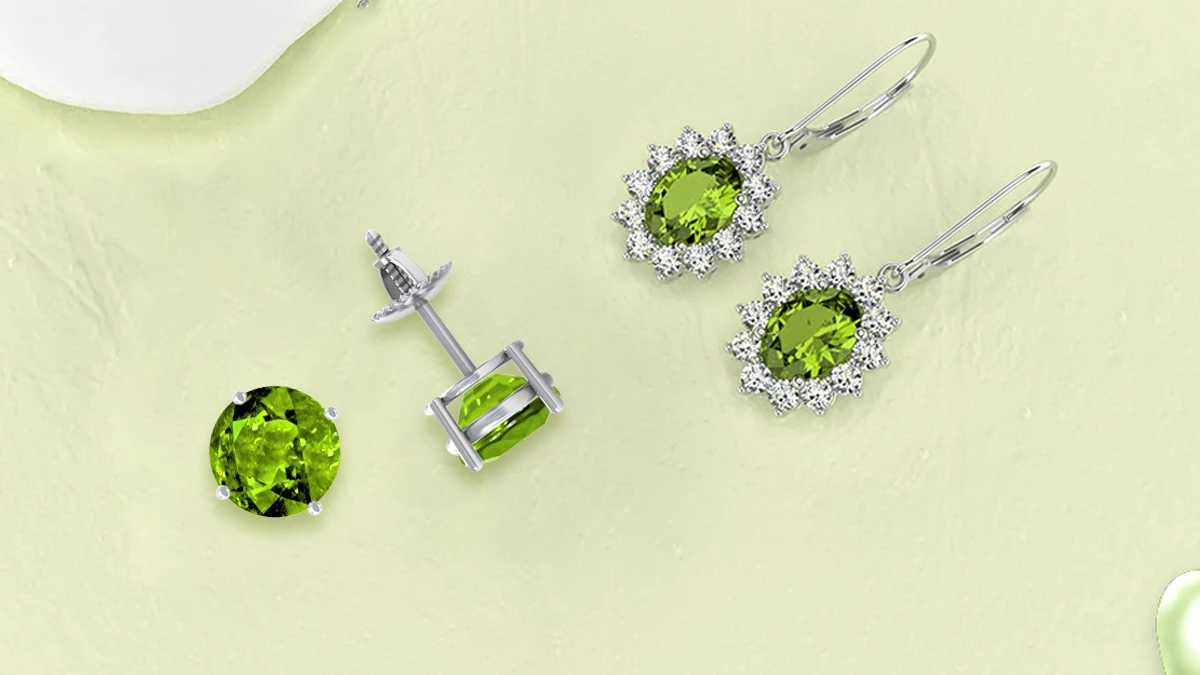

.webp)
